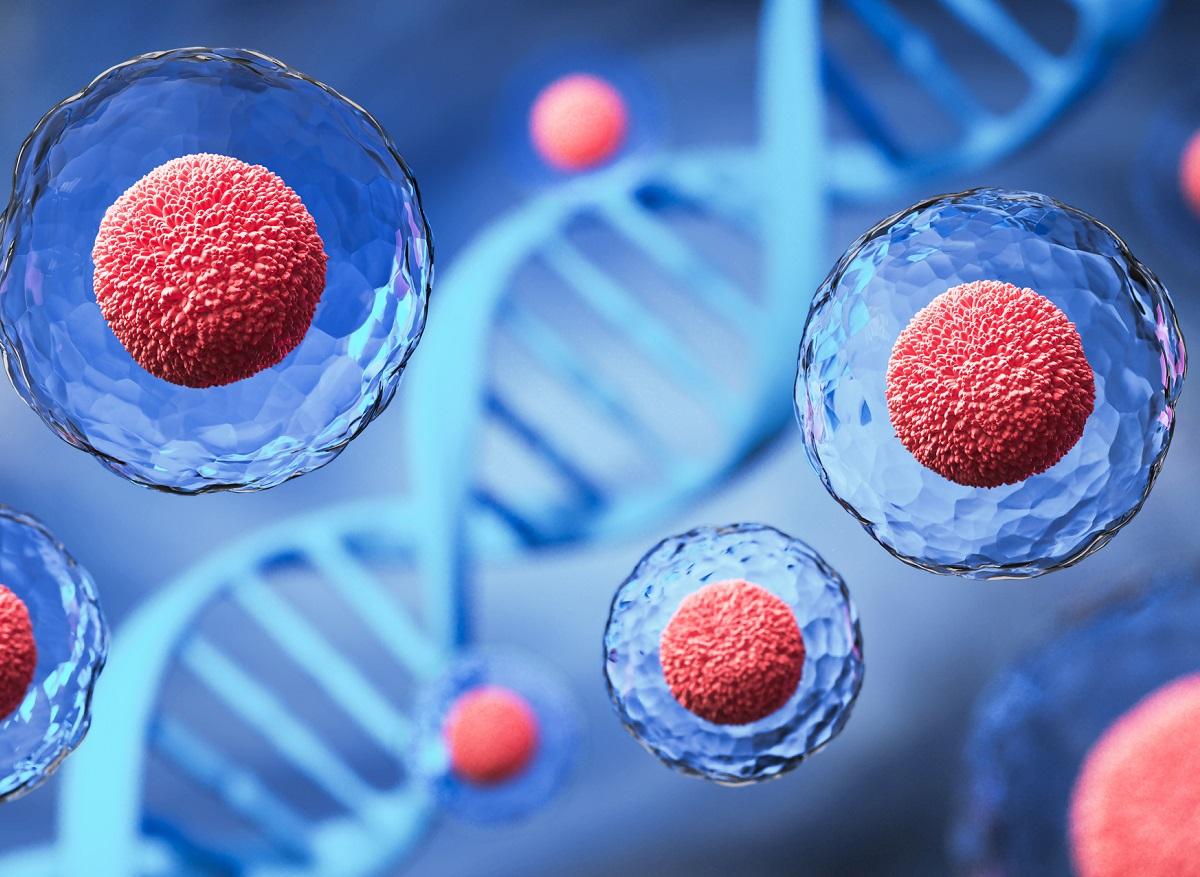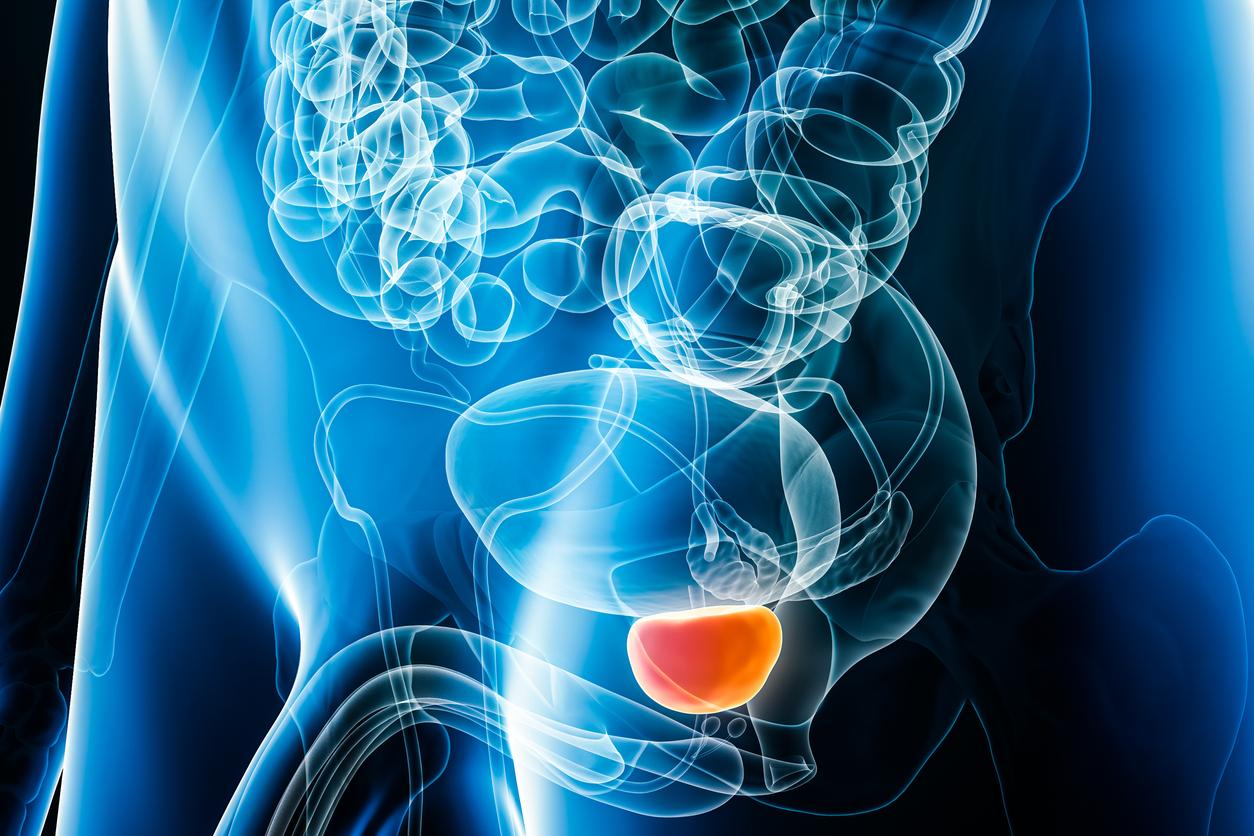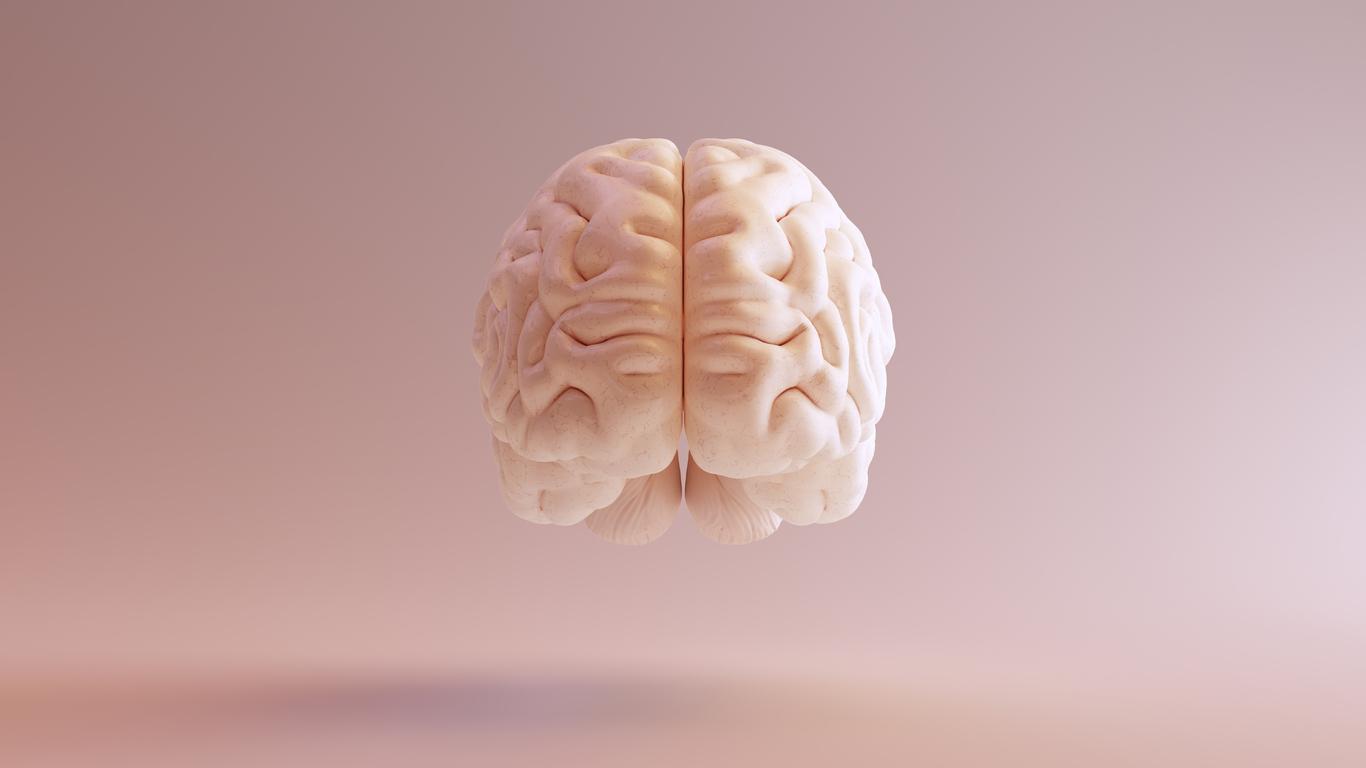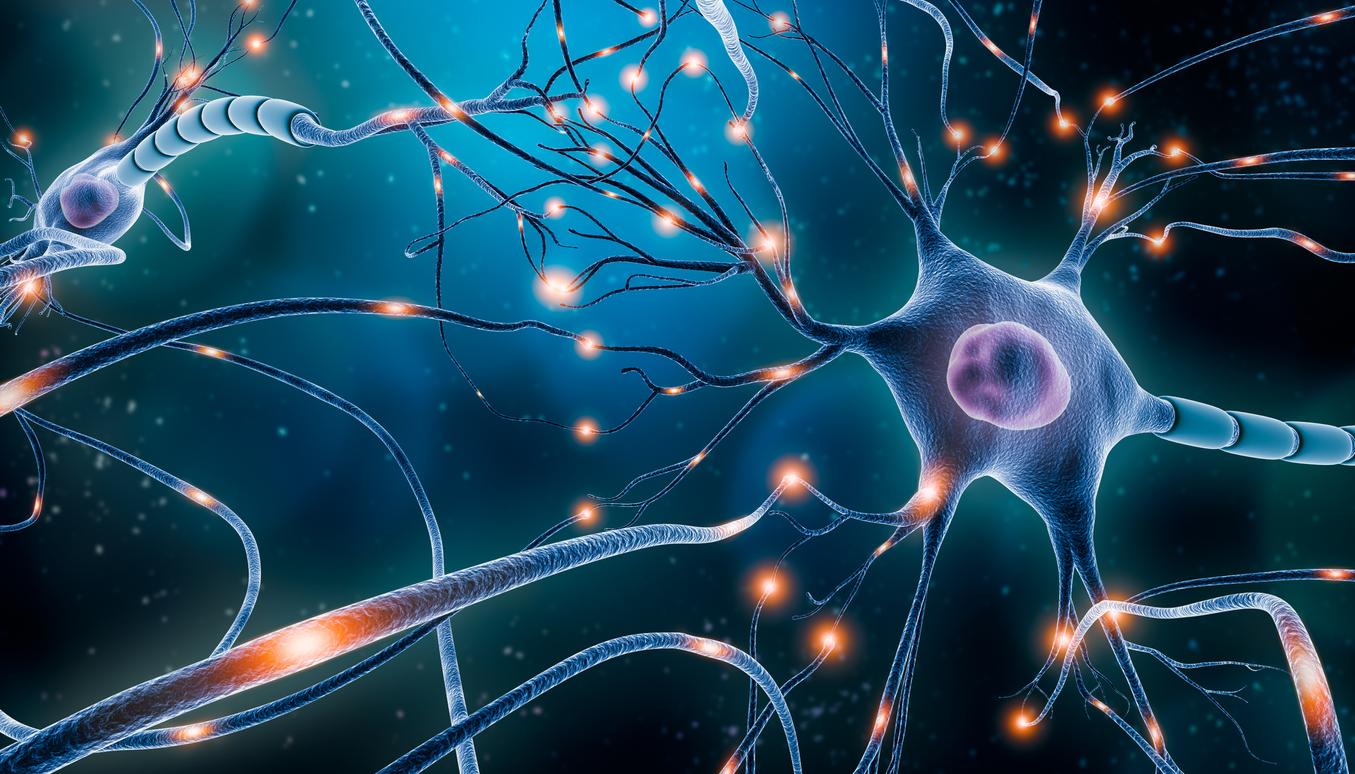Researchers are refining the method of sticking the bio-ink droplets to actually switch to regenerative medicine. This enables the 3D printing of very complex biological structures with a wide variety of cell types using jet printers.
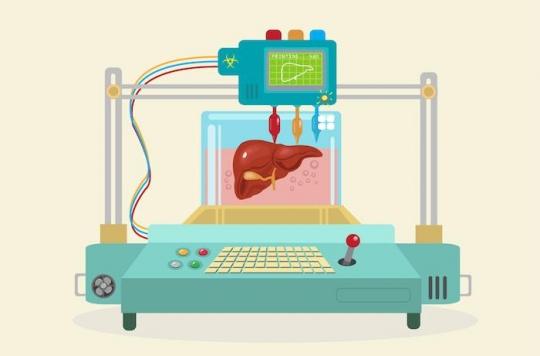
Researchers develop a finely tuned enzymatic crosslinking method to bond droplets of biological inks and expand the range of cell types that can be manipulated by bioprinting with a 3D jet printer. Such an impression holds great promise for regenerative medicine.
Re-printing replacement human body parts may sound like science fiction, but this technology is now becoming a reality. Before any real application, however, bioprinting always faces many technical challenges. Few methods currently exist to glue cells from different “bio-ink” droplets together because they do not work for every type of cell. This motivates new alternative approaches.
It’s only a beginning
Building on their earlier work, researchers at Osaka University have now refined an enzyme-based approach to bond different cells together from different biological ink droplets. ” Printing any tissue structure is a complex process ”, assures lead author Shinji Sakai. ” The bio-ink must have a viscosity low enough to pass through the inkjet printer while rapidly forming a very viscous gel structure ”.
Now we need new scaffolding to be able to print and support these cells to bring us closer to full 3D printing of functional tissues.
The new approach based on enzymatic crosslinking is very versatile and should help all working groups to achieve this goal.
.









